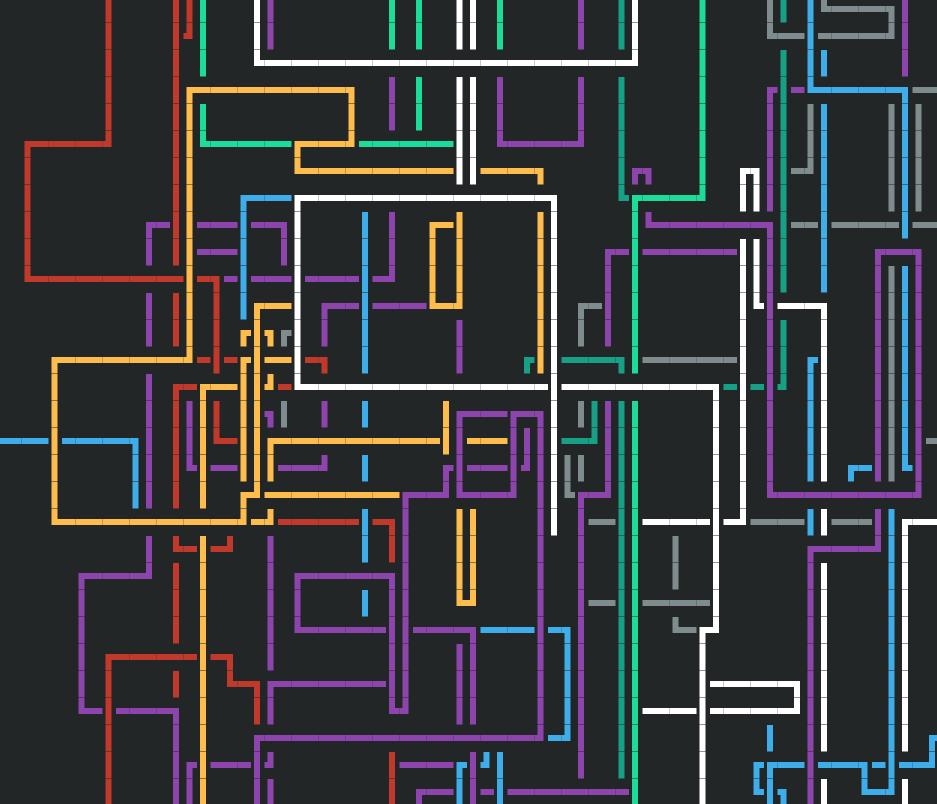.
Hard cheeses, yes. Soft cheeses, no.
That is a very coarse categorisation. Really hard cheese, like parmigiano reggiano, is almost always already “contaminated”, which is why the last few centimetres towards the crust shouldn’t be eaten.
For anything softer than that, f.i. middle-aged Gouda or Emmental, I wouldn’t risk it, as the mould will already be spread far wider than visible.
Wait, so all these years I’ve cut the mold off my blocks of cheddar I’ve been eating the mold? Damn
Yeah, there still are heaps of MSG in them and therefore a lot of traditional “cucina povera” recipes make use of them.
Still, at least for parmigiano reggiano, modern food science has found that the mold living in the cheese dairies penetrates the rind several centimetres deep and is almost ubiquitous.
Likely it is as always: the dose makes the posion.
Why is it a no for soft cheese?
Because what you see that we call mold is the fruit of a vast root system. In hard cheese if you can cut an inch or two in every direction from the mold you likely will get the root system with it. With a soft cheese (or bread) that root system is likely spread through the food pretty thoroughly.
Hard cheeses are dense enough that the mold can only grow on the surface. If you cut off the moldy parts and discard them, you’re getting rid of the vast majority of the mold. There will likely be some spores on the rest of the cheese, but not enough to harm you.
Soft cheeses are much less dense, meaning that the mold can penetrate below the surface more easily. If you can see mold on top then it’s likely throughout the cheese, and thus it’s much less safe to eat.
Official answer: no, there are microscopic fibers of mold probably all throughout the cheese
Real answer: if you’ve got a normal immune system it’s probably fine
Important distinction in that real answer. I’m immunocompromised and take no chances with stuff like this, its also not something they REALLY specified in my talks before leaving the hospital.
No, that’s incorrect.
Most people here saying it’s fine for hard cheese but not for soft ones or bread. I mean, they’re not wrong. But you asked about a tiny bit of mould.
I’ve removed the mouldy parts of hard cheese, soft cheese, cream cheese, breads, and fruits, and have eaten the rest more times I can remember. I never got sick from it. If you are considering eating what’s left of food after discarding a mouldy part, make sure to judge by smell and sight as well. Does it stink? Is the color off? Taste a little bit, is it bitter or sour? If the answers to all these are “no”, then it’s very likely safe.
This is just not true. From a food safety perspective, if there’s mould and it’s a soft food, it’s contaminated. You can absolutely get sick from foods without visible signs of spoilage (not to mention there is a visible sign, mould, but we’re ignoring that.)
That said, I will sometimes take the risk by cutting off the mould. I would never serve it to someone else without letting them know the risks. If you do this you need to understand it’s a gamble.
Also, mycotoxins bioaccumulate. You might not get sick now, but you’re definitely increasing your chance of future illness and potentially reduced lifespan.
Wait what. I thought kidneys and liver would handle small amounts of those toxins.
They can handle it, and they do filter it out of you, but it is a slow process that takes a lot of time compared to how the body processes other waste products. The danger is that mycotoxins are harmful in extremely small amounts, so any extended accumulation is harmful.
Thanks for the link. That was interesting. If I read that correctly, it seems to prove that enniatin B has been found in human livers. That compound appears to linger in the tissue long enough that it can be detected, but I didn’t notice any reference to that level being safe or unsafe. I guess it’s up to other studies to explore the LD50 now that we know it can be found in the liver.
It does. These people have no fucking clue what they are talking about.
Wait. Your parents just …let you waste cheese like that? I would have gotten my ass kicked if I threw out that contaminated cheese. The risk of being scolded significantly outweighs the risk of getting sick.
I think it’s obvious it is a gamble, in fact I’ve said in my first paragraph that it’s true, one can get sick.
But, so far I’m yet to win the lottery, and I’ve never given something I’ve chucked the mold off to anyone without informing them.
I believe people have the right to make their informed decisions. We all take risks on a million things in our lives.
I agree with you that informed risks can be reasonable, I don’t leave the house with a helmet. I just don’t think it was clear enough from your original post that doing that is risky.
I’m a food service manager, and I have to train people all the time that “looks fine” does not mean “is fine”. There’s food I 100% would never serve at work but would eat myself. I feel like the distinction between what’s foodsafe and what you personally feel comfortable with needs to be stressed.
Fair enough
Yes! Using all of one’s senses is crucial. I for one won’t eat those strawberries that scream when you bite into them.
The issue is less that it will make you sick and more that you’re likely eating a potent carcinogen. Many of the molds that commonly grow on food produce aflatoxins.
The part you see isn’t mold, but the spores. Mold almost looks like spider webs and it is very hard to see without a microscope. If there is anything visible it means the actual mold had already grown much further and deeper. As others have said you can cut of the visible part plus an inch or so for hard cheese (and some vegetables or apples), but for other cheeses or food it is a no. Throw it all away. At that point it already spread throughout most of the food.
does it make you wanna vomit when you smell it?
otherwise cut off the offending bits and you’ll be fine.
the part you see anyways is just the fruiting, the fungi was there before it ever got to the store.
If it’s a firm cheese, you are probably fine. Where I’m from, it’s pretty common knowledge that mold on regular firm cheese is pretty much contained within the visible spot and ~1-2 cm outwards from the spot. So cut away a decent chunk around the spot, and you’ll probably be fine.
Disclaimer: I know nothing, I have no sources and I take no responsibility.
Pretend it’s blue cheese and eat the whole thing Yolo
There are no moulds that grow on cheese that are fatal. They just taste bad.
So in short, yes, cut it off and eat. If it tastes fine, it is.
Yeah, in this case quantity makes the poison (mycotoxins can be on so many foods, we don’t go lab-testing every bite), and all the people saying the mould root system is already soo deep are overly paranoid, those fungi started from the outside you are definitely cutting most of it just by using your eyes and cutting with a tiny safety margin.
Is there even a kind of cheese mold that you can’t taste? Like, bread is porous and will usually have mold all the way through, but you know the moment you start to eat that shit, even if you can’t see anything.
Have done it for years and have never gotten sick.
I think this is how The Last of Us begins.
I do it mostly with parmesan because hard cheese.
Soft cheeses I woupd probably not do it but I don’t k ow shit about health and food and learned to hard cheese info from my mother.Cheese yes, bread no.
Yes, you can. I mean, you’re probably still eating mold and it may or may not be “safe” but you can do it. You probably shouldn’t, however. When you see the mold on the surface, the mycelium have already spread much further. Best case scenario you still need to tear off much more than just the visible mold.
I do. Unless you have a mold allergy you should be fine.
The mold is where the flavor is











